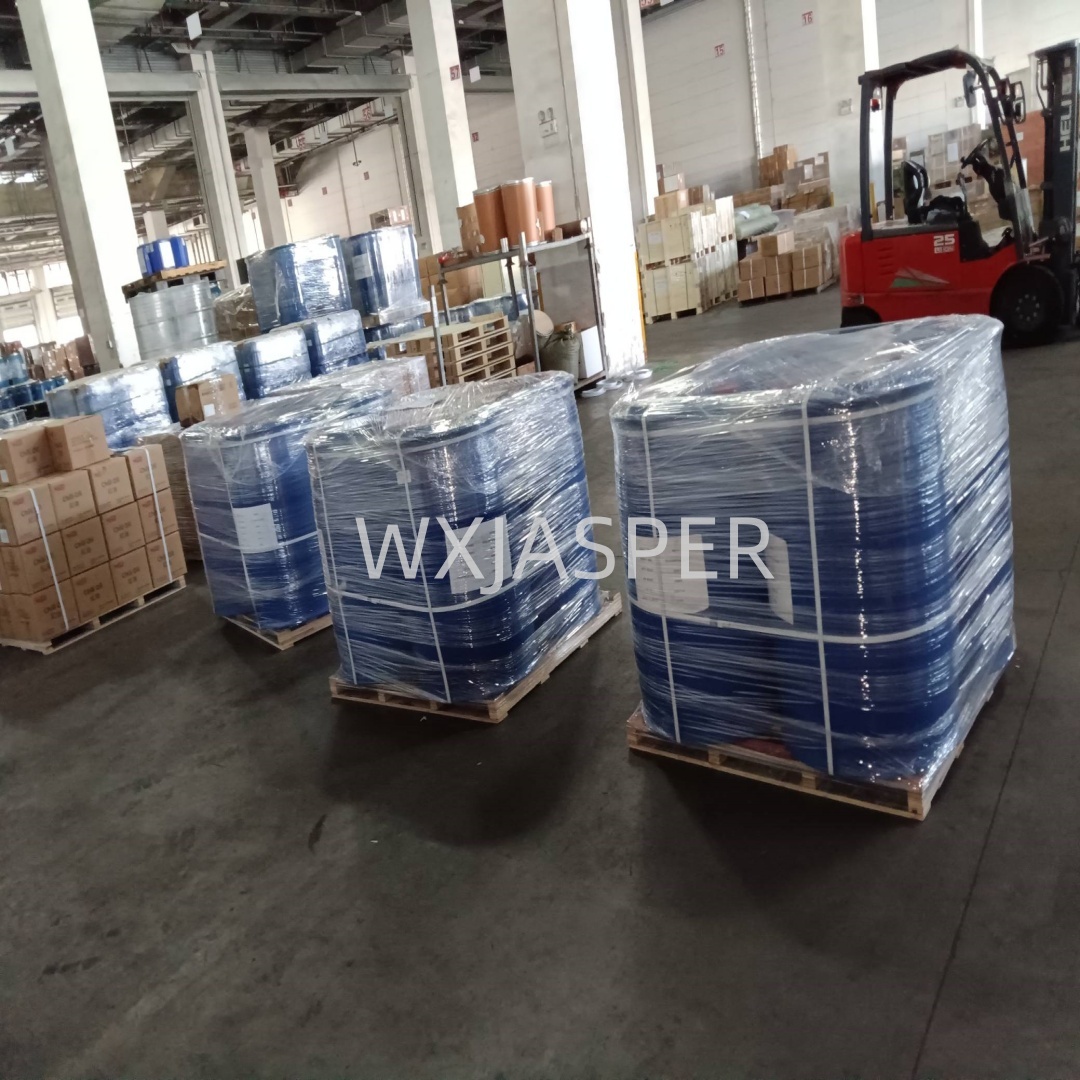Your Location:Home > Products > Solvents > Ethylene glycol



CasNo: 107-21-1
MF: C2H6O2
Appearance: liquid
Delivery Time: 15 days
Packing: 220kg/drum
Purity: 99%
Basic Information
|
Model NO. |
CAS 107-21-1 |
EINECS |
203-473-3 |
|
Classification |
Alicyclic Alcohol |
Appearance |
Liquid |
|
Type |
1° |
Hydroxyl No. |
Monohydroxy |
|
Product Name |
Ethylene Glycol |
Density |
1.113 G/Ml at 25 °c (Lit.) |
|
Melting Point |
-13 °c |
Storage |
2-8°c |
|
Transport Package |
Barrel Packaging |
|
industry grade&Polyester Grade |
|
HS Code |
2905310000 |
Origin |
China |
Product Description
Ethylene glycol
HS No.:29053100
CAS No.: 107-21-1
It is colorless, odorless, sweet and sticky liquid, is the simplest of diglycol. Can be intersoluble with water and acetone, slightly soluble in ether, and insoluble in petroleum hydrocarbon and oil.
Product Application
1. Used for production of polyester, moisture absorbent, plasticizer, surfactant, synthetic fiber, cosmetics and explosives, production of alkyd resin, glyoxal, etc.;
2. Used as refrigerant, condensing agent, refrigerating agent for industrial cooling, as well as raw materials for synthetic polyester, and used as gas dehydrating agent, making resin, etc.;
3. Solvent and thinner for printing ink, industrial cleaning agent, coating, printing and dyeing etc.; Pharmaceutical intermediates; As electrolytic capacitor electrolyte, making chemical fiber dyes and so on.
Packaging
220kg/Drum